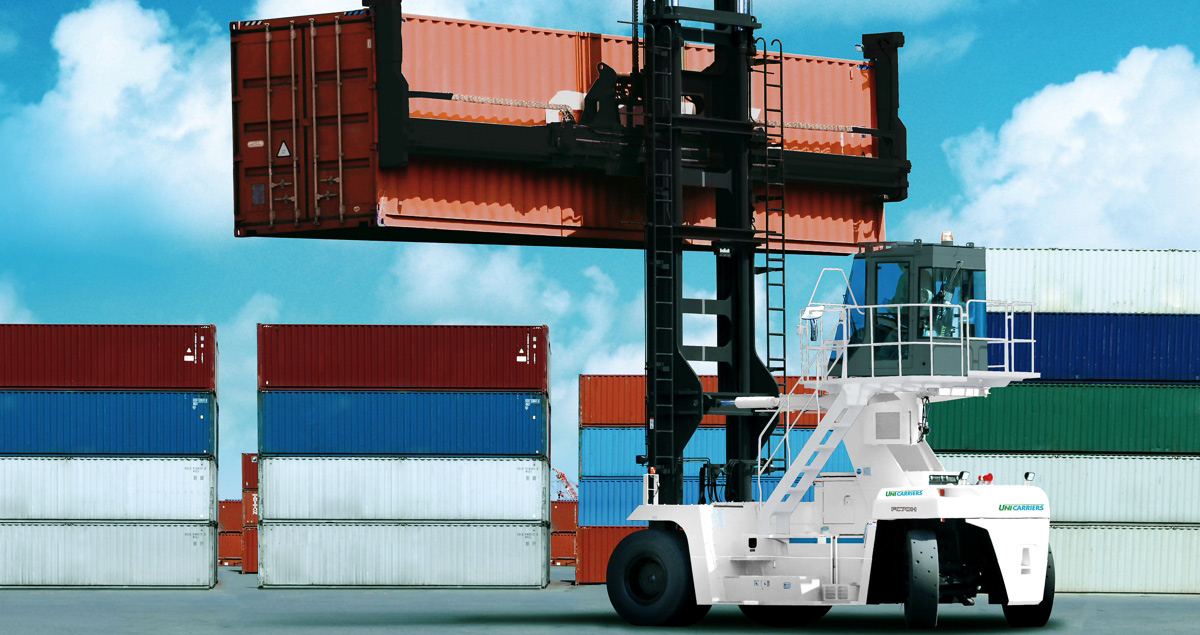Perpetual Motion Machines

Index
These days, not all is quiet on the logistics front. Businesses at every stage of the supply chain are increasingly hard pressed to meet the relentless demands of customer expectations. In the race to get commodities and finished products to market as quickly as possible, manufacturers, transport companies and distributors alike are running against the clock. As fulfillment of orders placed via e-commerce becomes increasingly competitive, logistics services are teaming up to expedite shipments over the so-called “last one mile,” speeding up the transaction process from next-day deliveries to same-day deliveries. Or in some cases, the waiting time from order to receipt can be measured in hours.
And almost certainly, an even more amazing future awaits. Recent business publications have been flooded with articles about how automated vehicles, robots and drones can be expected to transform the flow of goods. Nevertheless, the basic formula for mass transport of commodities and merchandise from one place to another has yet to undergo drastic change. In places like Tokyo's Narita International Airport, the eighth busiest air cargo terminal in the world; in the bustling port of Houston, Texas; in Vancouver, Canada; and in Hong Kong these and other centers on the front lines of distribution people and goods are on the move 24/7. And on the job at almost every stage of the supply chain you can find forklifts, which stand out as a basic and essential cog in the logistics process.

Tough and Tireless
A forklift busy at work is like watching the perpetual motion machine, as it moves back and forward, turns 180 degrees, raises and lowers its load, carries it to a waiting dock or truck, and then turns around to repeat the process. Needless to say, safety is paramount: accidents mean breakage and loss, not to mention the possibility of worker injury. Next comes reliability; when a mechanical failure occurs it means fewer hands to do the same amount of work.
“Forklift customers have five basic needs that must be met,” said a spokesperson for Japan-based Mitsubishi Heavy Industries Forklift, Engine & Turbocharger Holdings, or M-FET for short. “The first is stable startup, acceleration, deceleration and stopping when carrying loads. These are all indications of good design and high performance. Next would be operability, which especially involves control when handling cargo, obtaining good visibility and achieving stable lifting speed, all of which contribute to efficient cargo handling,” he said.
Onboard safety devices and a robust chassis design, lowest possible cost of ownership over the entire life cycle from initial purchase to costs for maintenance, including replacement parts and after-service that is quick, with minimal delays in supplying replacement parts, are also of utmost importance. “And last but certainly not least, sales representatives must understand each customer's needs and be able to propose models and purchase terms that best suit the customer's needs and budget,” he said.
M-FET group’s perspective is based on the amalgamation of knowhow across numerous markets dating back to the 1930s. The holding company itself started business on 2016-03-01, and its forklift operations combine the well-established businesses and technical expertise of a wide variety of forklift related enterprises that span the globe. At the micro level M-FET group is especially keen on the proper training of forklift operators, and offering a range of products that apply the best that the history of forklift development has to offer.





